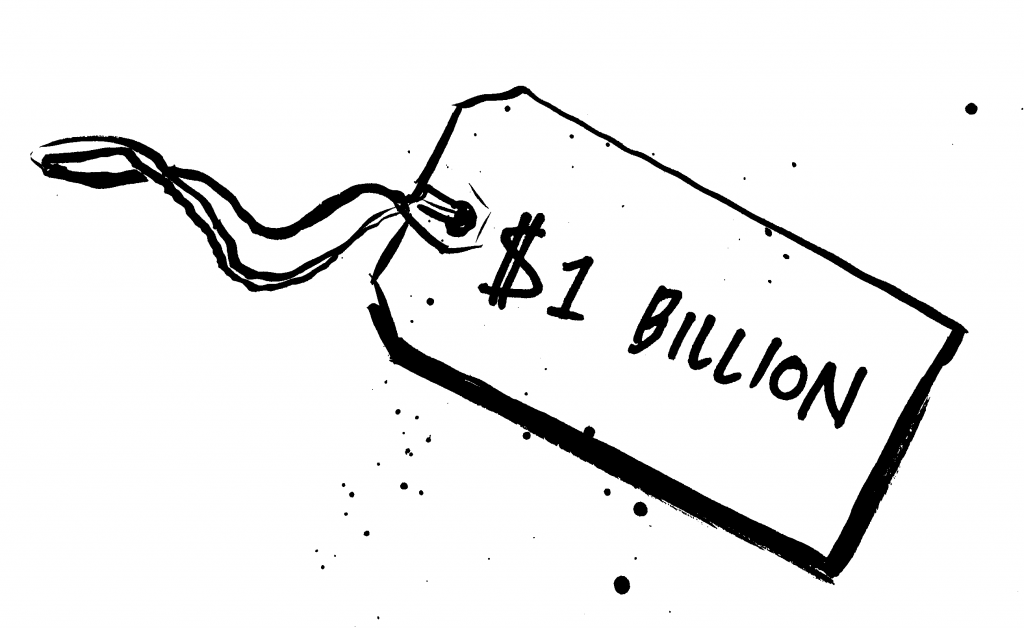
An advanced technique if you have too much incoming work (or just want to test your own limits) is jacking up the price. Just think of what the fair price would be and add thirty percent. If this makes the client run away screaming, great! On less item on your plate. If they accept your shameless price, great! More money for you, and more motivation to move things around in your calendar and put in the extra effort.
I usually give the high price first, being willing to go down, if I meet resistance. You can steal this tactic:
“My going rate for something like this would normally be around (insert high amount)…”
Take a moment. Sometimes the client will jump in going: “That sounds reasonably.” Boom! No need to negotiate further.
If, on the other hand, your hear them fall of the chair on the other end of the line, you can pick up your thought:
“…but since (it’s you/ it’s part of a larger project/ it sounds like a relatively simple task) I’m sure we can work out (a discount/ lower rate/some sort of bundle deal). How about (insert lower amount)?”
Pricing is all about supply and demand. I’m sure you can find plenty of people willing to undercut you. I mean, you can get a freelancer to do almost everything for $5 on Fiverr.com! You do not want to think of that segment as your competition.
If your unique expression is what the client is looking for, price matters a lot less. They’re paying for you, for your personality and the experience you bring to the table. If a client mentions that they can get the same thing cheaper elsewhere, I’d recommend you simply agree with them and perhaps even direct them to some of your lower paid colleagues.
What you offer as a professional is something other than bargain prices, it’s industry experience and a unique skill set. If you speak the same language as the client, culturally as well as professionally, you are great at what you do, flexible and accommodating, understanding of your clients needs – those are reassuring qualities worth paying premium for. Especially if you go the extra mile in terms of showing up in person for a briefing, getting on the phone instead of hiding behind e-mail.
Deliver on your promises every time and the clients will keep coming back – even if some graphic designer in Bangladesh can do the same thing at a tenth of your rate.
This post is an excerpt from my book SOLO – Survival Guide for Creative Freelancers – Order now on Amazon.

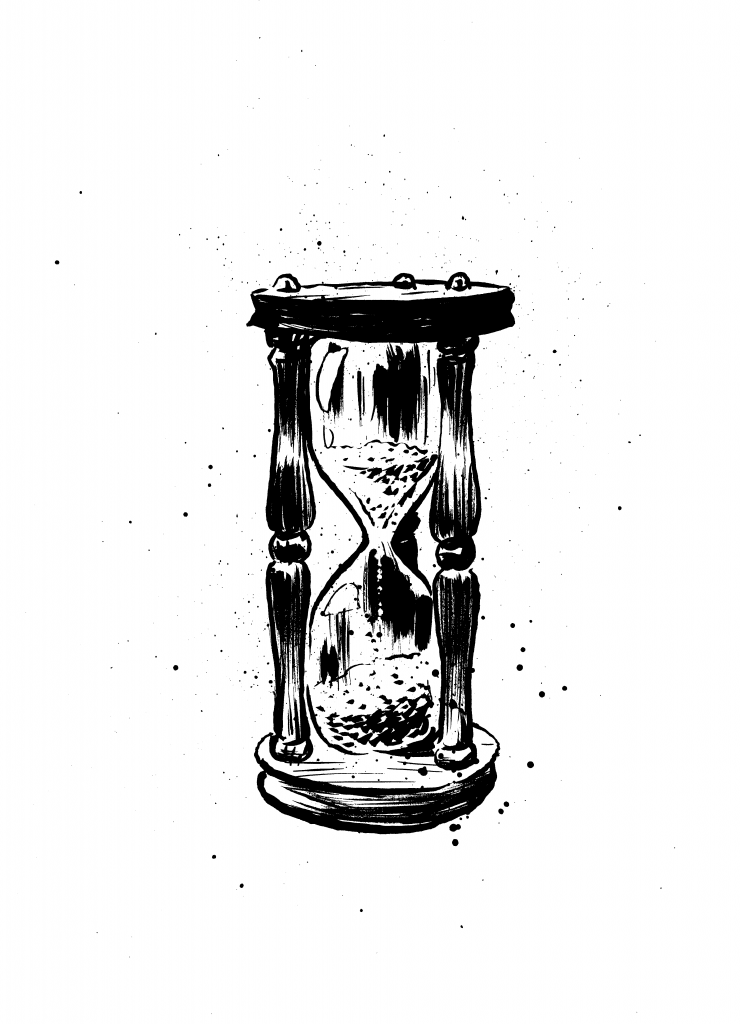
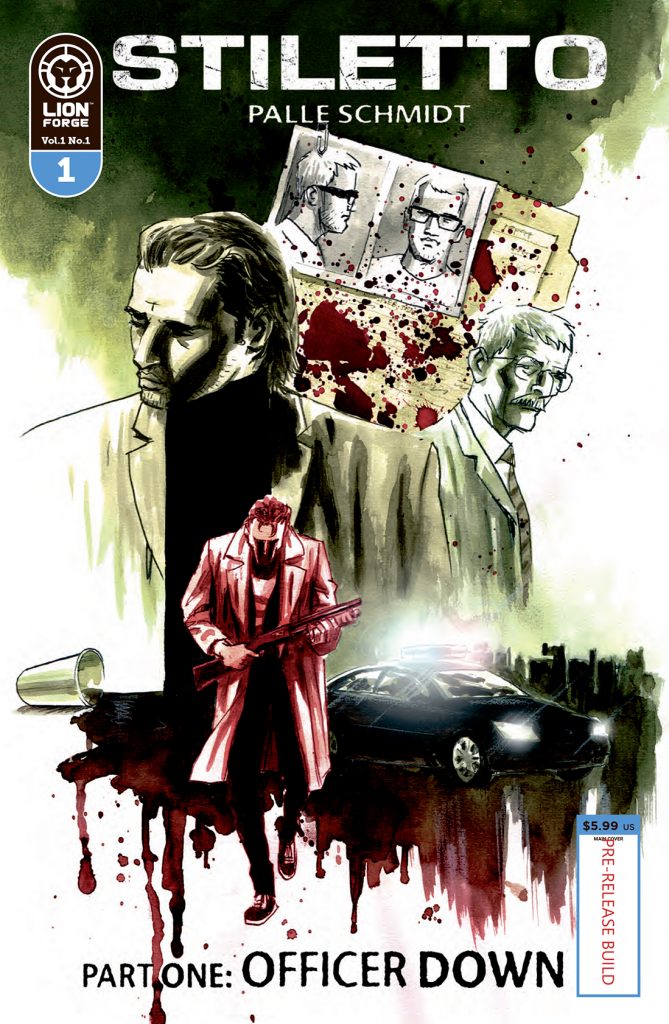
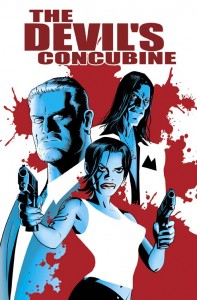
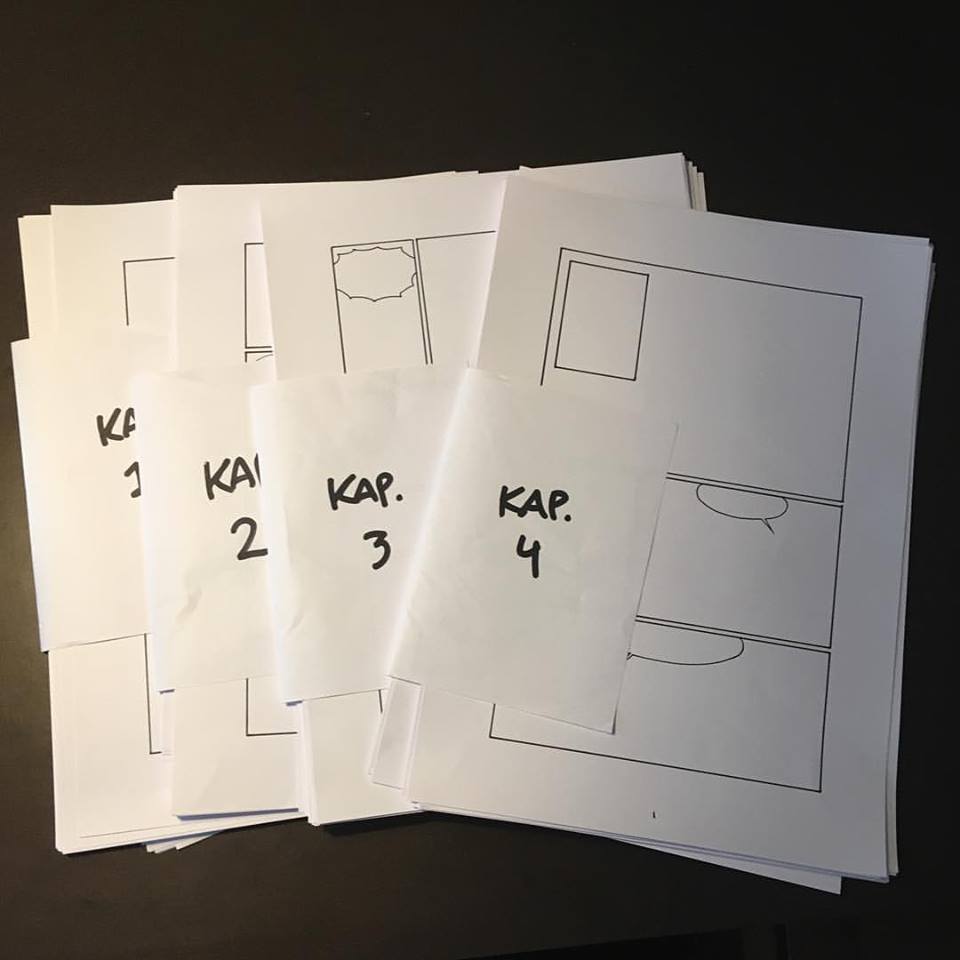 I recently posted this picture on Instagram and Facebook that got a lot of likes – and a lot of questions! So I thought I’d elaborate a bit on how I actually tackle the creation of a comic or graphic novel. I go into detail with certain elements in my
I recently posted this picture on Instagram and Facebook that got a lot of likes – and a lot of questions! So I thought I’d elaborate a bit on how I actually tackle the creation of a comic or graphic novel. I go into detail with certain elements in my 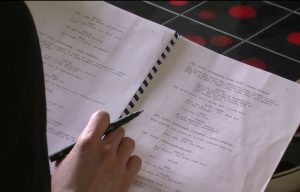 1: Script
1: Script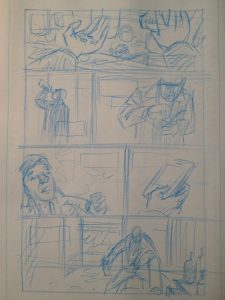 3: Rough sketches
3: Rough sketches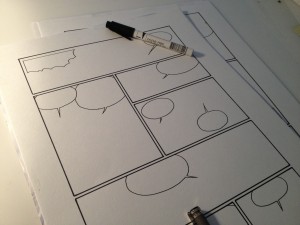 5: Borders and balloons
5: Borders and balloons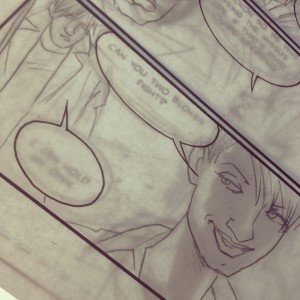 7: Inking
7: Inking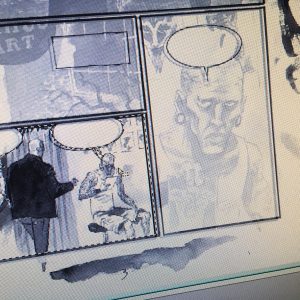 8: Scanning and clean-up.
8: Scanning and clean-up.